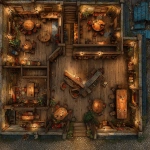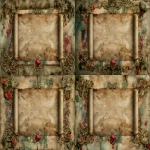Explore the Best AI Image Gallery
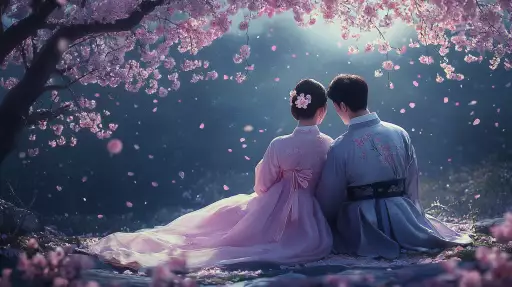
Pixels and Projections: AI-Generated Images in Art
The art world is experiencing a seismic shift, driven by the emergence of artificial intelligence (AI) capable of generating stunningly realistic and imaginative images. This technology, once confined to science fiction, is now transforming creative practices, sparking both excitement and debate about its implications for artists, collectors, and the very definition of art itself.
A New Brushstroke: How AI Generates Art
AI image generation relies on complex algorithms trained on massive datasets of existing artwork. These algorithms, often based on deep learning techniques, learn to identify patterns, styles, and compositions within the data. When given a text prompt or set of parameters, the AI can then generate original images that adhere to these learned patterns while introducing novel variations.
Popular AI art generation tools include DALL-E 2, Midjourney, and Stable Diffusion, each with its own strengths and capabilities. These platforms have democratized art creation, making it accessible to individuals without formal artistic training. Anyone with an internet connection can now experiment with generating images, pushing the boundaries of their imagination.
Transforming the Creative Landscape
The impact of AI-generated images on the art industry is multifaceted and still unfolding.
New Avenues for Artists
- Exploration and Experimentation: AI tools provide artists with a playground to explore new concepts, styles, and techniques. They can use AI as a collaborative partner, generating initial ideas or variations that inspire further development.
- Efficiency and Time-Saving: AI can automate repetitive tasks, freeing up artists to focus on higher-level creative endeavors. For example, AI can generate background elements or textures, allowing artists to concentrate on the composition and subject matter.
- Breaking Down Barriers: AI democratizes art creation, enabling individuals with limited technical skills to express their creativity. This opens up new avenues for artistic expression and fosters diversity within the art community.
Evolving Perceptions of Art
AI-generated images challenge traditional notions of authorship and originality. When an algorithm creates an artwork, who is the true artist—the programmer, the user who provides the prompt, or the AI itself? These questions raise profound philosophical discussions about the nature of creativity and the role of technology in artistic expression.
New Markets and Opportunities
The rise of AI-generated art has created new markets and opportunities. Platforms are emerging to showcase and sell AI-generated artwork, attracting collectors and investors intrigued by this novel form of creative output. The potential for licensing and commercial applications is also vast, with industries such as advertising, entertainment, and fashion exploring the use of AI-generated imagery.
Navigating Ethical Considerations
While AI offers exciting possibilities, it also raises ethical concerns that must be addressed:
Copyright and Ownership
Determining copyright ownership for AI-generated artwork is complex. Who owns the rights to an image created by an algorithm—the programmer, the user, or the AI itself? Legal frameworks are still evolving to address these questions.
Bias and Representation
AI algorithms learn from the data they are trained on. If this data reflects existing biases in society, the resulting AI-generated images may perpetuate harmful stereotypes or underrepresent certain groups. It is crucial to ensure that training datasets are diverse and inclusive to mitigate bias.
Authenticity and Deception
The ability to generate highly realistic images raises concerns about authenticity and deception. AI-generated content could be used for malicious purposes, such as creating fake news, manipulating public opinion, or impersonating individuals.
Shaping the Future of Art
AI-generated images are undoubtedly transforming the art world, blurring the lines between human and machine creativity.
Continued Innovation
Expect ongoing advancements in AI algorithms, leading to even more sophisticated and creative outputs. Research into explainable AI will shed light on how these systems work, fostering greater transparency and understanding.
\nHuman-AI Collaboration
The future likely holds a symbiotic relationship between human artists and AI tools. Artists will leverage AIs capabilities to enhance their creative processes, while still bringing their unique vision and emotional intelligence to the forefront.
Evolving Definitions of Art
AI-generated images challenge us to re-evaluate our definitions of art. What constitutes creativity? Who is the artist? These questions will continue to be debated as AI technology evolves.
The journey into the realm of AI-generated art is just beginning. It is a path filled with both promise and challenges, demanding careful consideration and responsible development. By embracing ethical practices and fostering open dialogue, we can harness the transformative power of AI to enrich the artistic landscape for generations to come.
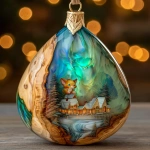
](https://images.ai-img.art/thumbnails/150/efd8a9ad06ef2c72e3378698ad5e592d3d2bf8eff85c25e75db7c9902c7be353.webp)
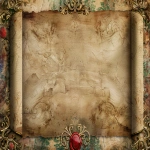
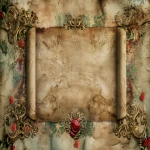

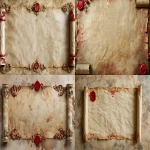
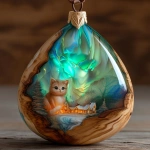
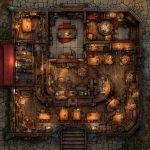
](https://images.ai-img.art/thumbnails/150/7599c9e7507c77a975081d554947c9dea123e678a7ece42d30f571f639620598.webp)
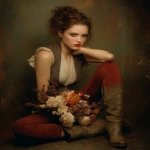
](https://images.ai-img.art/thumbnails/150/031692dcf8fbf869092e8cea50f9411a45dadc1f189ea67b8dece8e02952a7e3.webp)
